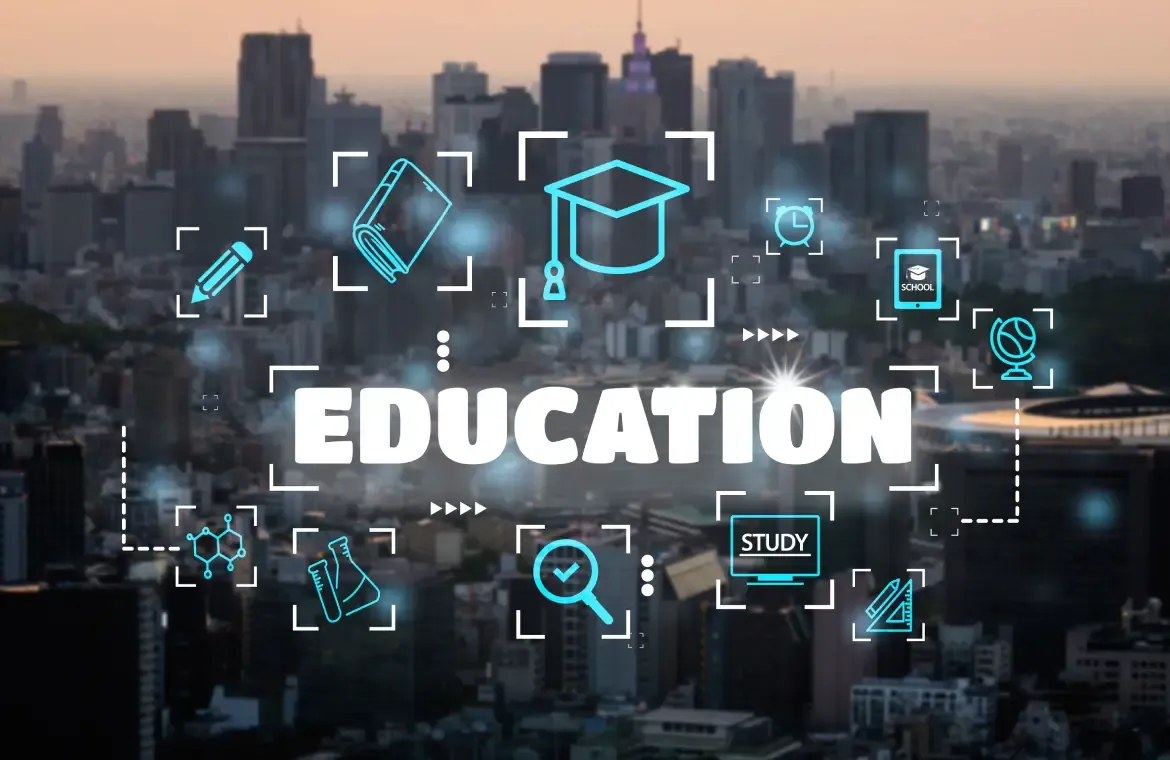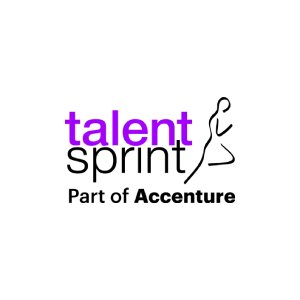Definition and Scope of Educational Management

Strong educational management serves as the foundation of every thriving educational institution. School administrators must oversee resources and activities to build an effective learning environment. This responsibility proves crucial for student success and institutional growth. School leaders who become skilled at this discipline can reshape ordinary learning spaces into vibrant centres of academic excellence.
Educational management works through a consistent process that affects every part of an institution. The scope ranges from building infrastructure to keeping academic records. This management system's reach extends to all areas that support learning.
The demand for educational management is currently high due to the increasing complexity of educational systems and the critical need for effective leadership. These professionals are essential for improving student outcomes and ensuring efficient operations. They play a vital role in creating positive learning environments, implementing policies, managing resources, and ensuring compliance across educational institutions.
Scope of Educational Management
Educational management is the systematic process of running educational organisations by effectively coordinating human and material resources.
Educational management reaches way beyond the reach and influence of traditional classroom boundaries. Here are its main functional areas:
- Resource Management - Human resources (teachers, students, staff) and material resources (land, buildings, equipment, teaching aids)
- Curriculum Development - Planning and implementing educational content based on student needs
- Financial Oversight - Budgeting, funding allocation, and expenditure monitoring
- Organisational Leadership - Setting vision, maintaining discipline, and encouraging collaboration
Educational management also involves planning, organizing, implementing, reviewing, evaluating, and integrating institutional practices. The focus is on building effective systems for communication, coordination, and continuous improvement at every level of the educational ecosystem.
Role of Educational Managers in Institutions
- Leading and Vision Setting: Educational managers establish a clear vision for the institution and inspire staff to work towards common educational goals. This involves mentoring teachers, providing feedback, and coordinating professional development.
- Curriculum Oversight: They oversee the implementation of the curriculum, ensuring teachers have the necessary resources and training. They also balance standardization with professional freedom for teachers.
- Resource Management: This includes managing finances, staffing, procurement, and facilities to optimize learning outcomes.
- Fostering Positive Institutional Culture: Educational managers cultivate a supportive and inclusive environment by setting clear expectations, which contributes to improved student achievement and teacher morale.
- Community Engagement: They act as a link between the institution and the wider community, communicating about curricula and activities to parents and other stakeholders, and encouraging their involvement.
Types of Educational Management Structures
Educational institutions use different management frameworks that influence their decision-making and organisational culture. These structures control authority flow, decision-making processes, and resource allocation. Educational leaders need to understand these approaches to pick the right framework for their institution.
Internal vs. External Management Roles
- Internal management handles daily operations within an institution. This includes the head of the institution, staff, students, and support personnel. They are responsible for planning, organizing, and evaluating programs, and their commitment is key to success.
- External management consists of outside agencies and individuals like community members, parents, and government bodies. They provide resources, develop policies, oversee curriculum, and guide without direct involvement in daily operations.
A balance between these two ensures optimal institutional performance.
Autocratic vs. Democratic Approaches
- Autocratic management centralizes authority, with leaders making decisions independently. This style prioritizes efficiency and discipline, providing clear direction but often leading to distrust.
- Democratic management shares power and responsibility, fostering mutual trust and cooperation. Leaders involve staff in decision-making, leading to higher job satisfaction for teachers and improved student performance.
Centralized vs. Decentralized Systems
- Centralized management concentrates power and responsibility in a single entity. It offers integrated planning and quick emergency decisions but can limit school independence and lead to decisions that don't fit local needs.
- Decentralized management distributes control across organizational levels. School-Based Management (SBM) is an example, allowing schools to control budgets and curricula. This approach enables quicker, more localized decisions, fosters creativity, and improves resource management through community involvement.
The most effective management structure depends on an institution's specific context, size, culture, and goals, often blending these approaches.
Core Principles of Educational Management
Educational institutions are based on several core principles that create a framework for effective management. These principles act as guiding pillars to help educational managers navigate complex challenges. Through these principles, they maintain institutional harmony and progress.
Aligning Authority and Responsibility: Successful educational management requires a proper balance where managers have sufficient authority to match their responsibilities. A common issue is when responsibility outweighs authority, leading to psychological distress for leaders, especially principals. Managers employ active, partially active, or passive strategies to mitigate this tension, though weak legal frameworks often perpetuate distress.
Prioritizing Organizational Goals: Educational managers must place institutional objectives above individual interests. Academic and organizational goals should guide all stakeholders toward common aims. This collective commitment fosters institutional development, reduces internal conflicts, and helps institutions adapt to the constantly evolving educational landscape.
Ensuring Fair Compensation and Resource Allocation: Fair remuneration is crucial, as many educators worldwide are overworked and underpaid, leading to shortages. Competitive salaries and benefits, commensurate with qualifications and responsibilities, are essential. Additionally, educational managers must strategically allocate human and material resources, balancing competing priorities and identifying critical needs to achieve educational functions effectively.
Fostering Innovation and Collaboration: Encouraging a free exchange of ideas and collaborative efforts among all stakeholders boosts institutional effectiveness. Educational management extends beyond top-level decisions, encompassing leadership, teachers, administrators, and other key players. Innovation helps institutions remain relevant, adapt teaching methods, and improve curriculum delivery through creative approaches in a changing environment.
Benefits of Effective Educational Management
Educational management has many clear benefits for institutions. Sound management practices benefit everyone, from students and staff to the wider community.
Benefits of Effective Educational Management
- Improved Student Learning Outcomes: Strong educational leadership and clear expectations foster a thriving learning environment. Managers use data to identify and address achievement gaps, ensuring equitable opportunities and leading to better academic performance and increased student involvement.
- Enhanced Staff Morale and Retention: Prioritizing staff well-being through good management creates a positive environment, boosting teacher morale and reducing turnover. Empowered teachers, who are recognized and involved in decision-making, are more engaged in creating inspiring lessons.
- Efficient Use of Institutional Resources: Savvy resource management, encompassing finances, personnel, and materials, prevents waste and optimizes spending. This ensures smooth operations and consistent delivery of quality education.
- Better Stakeholder Engagement: Educational management promotes collaboration among parents, teachers, students, and the community. This involvement in decision-making leads to more relevant policies, increased support, improved grades, and greater satisfaction for all stakeholders.
Best Practices for Implementing Educational Management
Educational institutions need smart strategies that work well with everyone involved. Here are some proven ways to turn management theory into real results.
Parents and Community in Decision-Making
Students, parents, teachers, and community members play a vital role in educational management. Their combined input helps create a shared environment that leads to better schools. Good schools connect with local communities, businesses, and government agencies to improve student learning and open new doors. Schools can set up parent-teacher groups, hold regular community meetings, and create advisory boards with community leaders. This approach builds trust between schools and communities while giving students extra support networks.
Using Learning Management Systems (LMS)
Modern educational management cannot work without learning management systems. An LMS helps deliver and manage content like videos, courses, and documents. Teachers can create course materials, set learning goals, and watch student progress. These systems help educational managers improve communication between students and teachers. They also organise schedules and make testing easier. The systems show helpful data about completion rates and attendance.
Continuous Professional Development for Educators
Teachers need to keep learning throughout their careers to stay current with new teaching methods and technology. The best educational institutions make sure their staff gets proper training and support. Schools that invest in teacher growth see better student results and keep their teachers longer. Training should match each teacher's needs and the school's goals to improve teaching quality and student success.
Maintaining Transparent Communication Channels
Clear communication in schools builds trust and creates a positive environment. When leaders talk openly with everyone involved, it prevents confusion and rumours about decisions. School managers should keep their communication channels current. These include school websites, social media, newsletters, and parent alerts. Messages should sound right and include reasons for decisions. This builds the school's reputation and makes everyone feel more confident.
Conclusion
Educational management is a fundamental discipline that shapes the success of learning institutions worldwide. This piece explores the various dimensions of this critical field, which extends far beyond basic administrative tasks.
Educational management acts as the invisible framework holding learning institutions together. While good management often goes unnoticed, its absence quickly leads to dysfunction. Educational leaders skilled in these principles and practices create environments where students and staff thrive. The journey toward educational excellence, often supported by an Educational Management Course, begins with thoughtful, deliberate management that adapts to changing needs while preserving core educational values. Top notch institutions are offering courses Edleap IIM Calcutta are at the forefront of developing such skilled educational leaders.
FREQUENTLY ASKED QUESTIONS
Q1. What is the primary goal of educational management?
Educational management's primary goal is to create an effective learning environment by overseeing resources and activities. It aims to improve student learning outcomes, enhance staff morale, and ensure the efficient use of institutional resources.
Q2. How does educational management differ from educational administration?
Educational management focuses on long-term strategic planning and decision-making about institutional direction, while educational administration deals with day-to-day operational tasks and policy implementation. Management addresses the 'what' and 'why', while administration handles the 'how' and 'when'.
Q3. What are the key principles of effective educational management?
Key principles include aligning authority with responsibility, prioritising organisational goals over individual interests, ensuring fair remuneration and resource allocation, and encouraging innovation and collaboration among stakeholders.
Q4. How can educational institutions involve stakeholders in decision-making?
Institutions can involve stakeholders by establishing parent-teacher associations, conducting regular community meetings, creating advisory boards with community representatives, and maintaining transparent communication channels such as websites, social media, and newsletters.
Q5. Why is continuous professional development important in educational management?
Continuous professional development enables educators to stay updated with evolving pedagogies and technologies. It leads to better student outcomes, lower teacher attrition rates, and helps align teaching practises with institutional goals, ultimately improving the quality of education provided.

TalentSprint
TalentSprint is a leading deep-tech education company. It partners with esteemed academic institutions and global corporations to offer advanced learning programs in deep-tech, management, and emerging technologies. Known for its high-impact programs co-created with think tanks and experts, TalentSprint blends academic expertise with practical industry experience.



